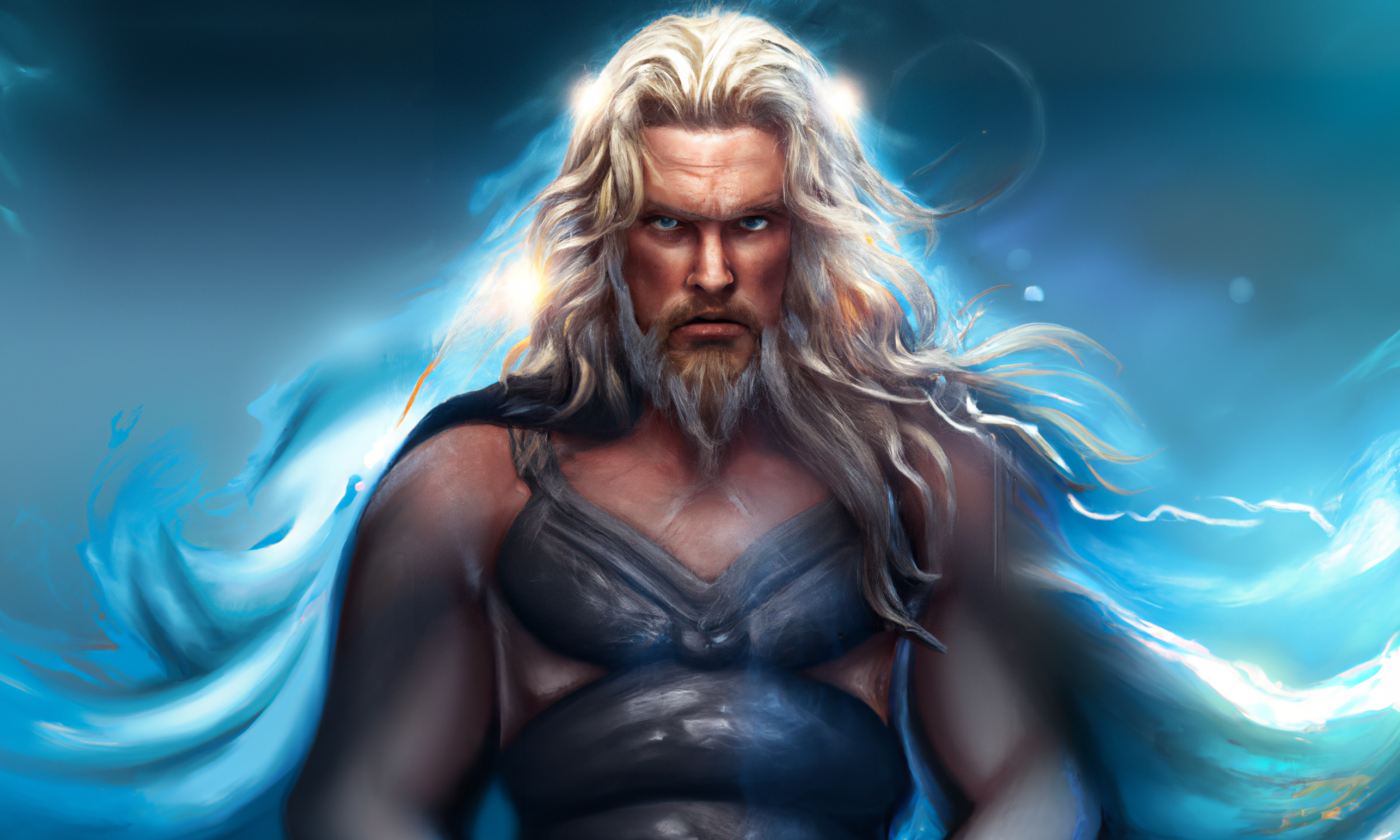ASK & EMBLA
Ask and Embla, the Roots of Humanity:
The tale of Ask and Embla unveils the mythical origins of the human race, brought into existence by the divine intervention of the Norse deities Odin, Vili, and Ve. This compelling account finds its roots in the Prose Edda, an esteemed compendium of ancient Norse tales and folklore, meticulously curated by the renowned Icelandic scholar Snorri Sturluson in the 13th century. The chronicle unfurls as the trio of gods stumble upon a pair of unremarkable trees located along a beachfront. In a profound act of divine creation, they breathed vitality into the inert trees, metamorphosing them into the pioneering man and woman. The nomenclature 'Ask' and 'Embla' are extracted from the Old Norse terminologies 'askr' and 'almr,' symbolizing 'ash' and 'elm' respectively. In their nascent stage, Ask and Embla were depicted as rudimentary and undeveloped, but as time lapsed, they evolved into sophisticated entities, acquiring language, culture, and technological advancement. Serving as the progenitors of humanity, Ask and Embla were revered as the forebears of all humans who were destined to populate Midgard in the vast mythological landscape of Norse mythology.
The narrative of Ask and Embla, although prominent in the sphere of Norse mythology, stirs discord among scholars and historians concerning its inherent significance and implications. A segment of academic thought advocates that the account of Ask and Embla is solely confined to the realm of mythology without possessing any historical validity. Conversely, other experts suggest that the narrative could be anchored in age-old Norse perceptions of human genesis. Intricate layers of symbolism permeate the tale of Ask and Embla, sparking debates regarding their interpretation. For instance, while some scholars construe the ash and elm trees as emblematic of the male and female elements inherent in nature, others perceive them as symbolic representations of dual aspects of the soul. There exists no unanimous interpretation of the tale of Ask and Embla, with diverging viewpoints presented by different historians and scholars over the centuries. While some decipher it as a creative account of human genesis by divine entities, others interpret it as a metaphorical representation of the human-nature interrelationship. The extent to which the tale of Ask and Embla influenced Norse culture and society also remains an open-ended question. While some experts argue that it constituted an integral part of Norse mythology and significantly shaped the cultural and self-perceptions of the populace, others contend that it was a relatively insignificant myth with minimal cultural impact.
In conclusion, the intriguing tale of Ask and Embla, often paralleled to other creation myths across cultures, underpins the intrinsic reverence for nature and the divine imagination that pervades Norse mythology. This saga illustrates not only the creation of humanity but also the essential unity of the human race with the natural world—a theme which was deeply embedded in the worldview of the Norse people. The narrative reveals the dynamic exchange between humans and the divine, highlighting the vital role that each god played in bestowing humans with their defining characteristics—spirit, consciousness, and physical form. The tale is also an epitome of the Norse understanding of human complexity and diversity. It suggests that each individual embodies an amalgamation of the different elements represented by the gods—Odin's breath symbolizing spirit and life, Vili's gift of cognition and emotion, and Vé's contribution of physical senses and outward appearance. While scholars often wrestle with the symbolism and interpretations of this creation myth, there is no denying its significance as a cornerstone of Norse mythology. It provides us with a fascinating peek into the cosmogonic views and the socio-cultural fabric of the ancient Norse civilization. Moreover, the story of Ask and Embla continues to resonate in our collective consciousness as it grapples with universal questions about human origins, purpose, and our inextricable ties to nature. The endurance of this tale and its recurring exploration in both academic and popular circles bear testimony to its timeless appeal. Its legacy stretches far beyond the Norse context, enriching modern fantasy literature, art, and entertainment, thereby allowing the ancient Norse civilization's cosmological perspectives and belief systems to transcend temporal boundaries and continue to captivate the global imagination.
Related: Odin, Vili and Ve, Midgard
Other Readings:





